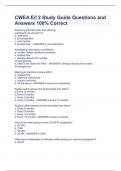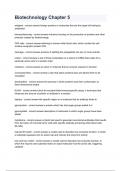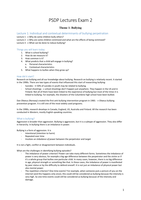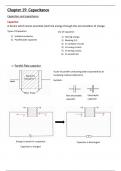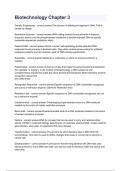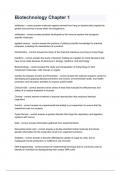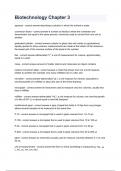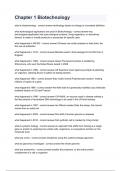Production in the short run
Production: process of transforming inputs into outputs
Q=F (K, L)
o K=Capital
o L=Labour
Short run (SR): Longest period during which at least one of the inputs cannot be
varied.
o Variable Input: if it can be changed in the short run
Long run (LR): Shortest period required to alter the amounts of all inputs in the
process
o Fixed Input: If it can’t be changed in short run (or requires a lot of money)
NB: All inputs become variable in the long-run
In SR, K is fixed at K0
3 general properties of SR production functions
1. Pass through origin
2. Initially, adding extra units of variable input should increase output at increasing rate
3. Later, extra units should increase output at smaller increments (Law of diminishing
marginal returns)
Technology
At same level of variable input, we can produce more because of technology
Technology advancement will shift production function upwards
Total, Marginal and Average Products
Total product curve: total amount of output as a function of the amount of variable input
,Average product: Total product divided by the number of units of the variable input
used in the production process
Marginal product: change in total product due to a one-unit change in the variable input
Marginal Product
Discrete MP: MPL=∆Q/∆L (slope of line joining 2 points on TP curve)
Continuous MP: MPL=∂Q/∂L (slope of tangent line at any given point)
Marginal Product reaches max at point of inflection of TP curve
Average Product
Slope of the ray from the origin to any point to any point on the TP curve
AP=Q/L (AP increases then decreases)
MP>AP, AP increases
MP<AP, AP decreases
MP & AP intersect at APmax
MPmax=TPpoint of inflection
Practical considerations of MP & AP: allocation of resources depends on next unit of
input in which MP is highest
,Example
Q=−30+70 L−5 L2
1. Where is Q maximized?
dQ
=70−10 L=0¿7 labourers
dL
2. What is the maximum value of Q?
Q L=7=−30+70 (7 )−5 ( 7 ) =215
2
3. Write an expression for MPL
dQ
=70−L
dL
4. Write an expression for APL
TP −30+70 L−5 L2 −30
AP L = = = +70−5 L
L L L
Production in the Long Run
K is no longer fixed
Choose a value for Q (Q0)
Isoquants: indifference curve for utility functions
Choose a Q value, solve for K
as function of L:
Q0=16
Q=2KL
16=2KL
K=8/L
, Marginal Rate of Technical Substitution
MRTS= How much labour could we substitute for capital in order to continue
producing the level of output we were before?
MRTS is abs value of slope of isoquant:
MRTS=| ∆K/∆L|=MPL/MPK
If we gave up ∆K of capital, have to hire ∆L units of labour
How much a firm willing to substitute inputs (supports diminishing marginal
returns)
Returns to Scale
Long run phenomenon: require change in all inputs
How production responds to proportional increase in all inputs:
Returns to Scale Formula: if all outputs increased by
factor of C
Increasing: more than proportional Q (cK, cL) > cQ (K, L)
increase in output
Constant: equally proportional Q (cK, cL) = cQ (K, L)
increase in output
Decreasing: less than proportional Q (cK, cL) < cQ (K, L)
increase in output


